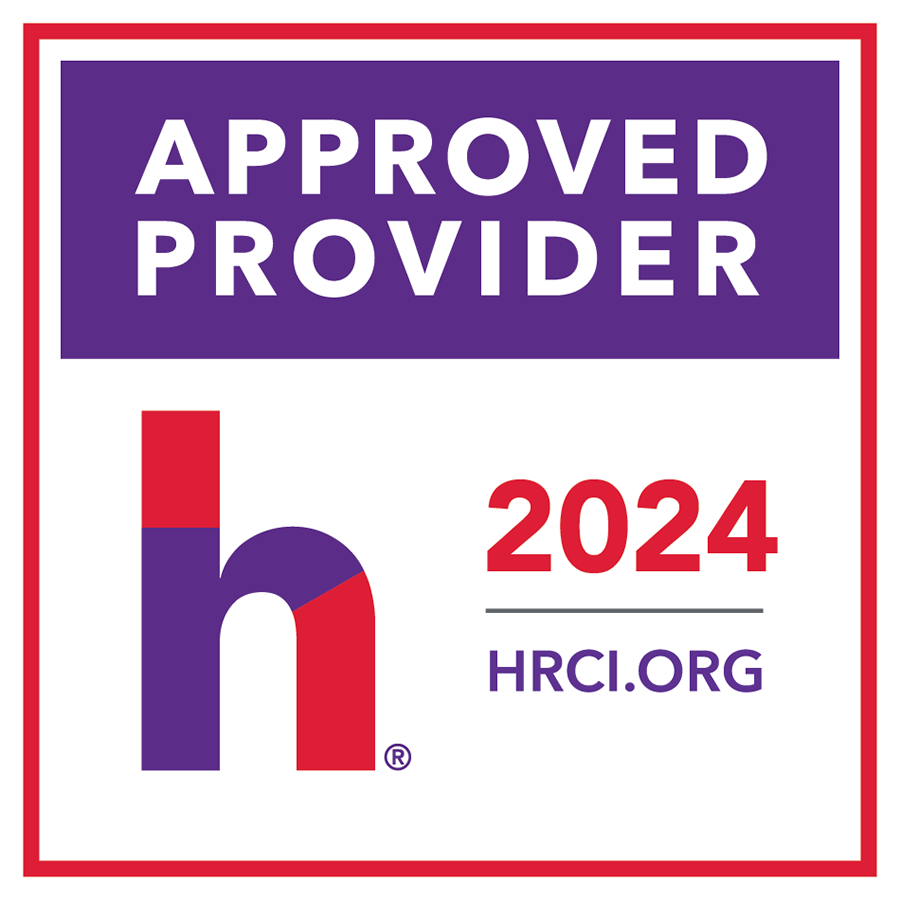- Budgets typically aren’t big enough for true differentiation among employees, and many managers do not bother trying to differentiate their direct reports.
- The annual merit increase process is lengthy with the involvement of many stakeholders, and the outcome has minimal impact.
- Today's work environment no longer supports a one-size-fits-all approach to base pay increases and bonuses.
Need Extra Help?
Speak With An Analyst.
- Get on-demand project support
- Get advice, coaching, and insight at key project milestones
- Go through a Guided Implementation to help you get through your project

Our Advice
Critical Insight
- Make realistic decisions on the base pay increase and bonus options that can be implemented.
- Have the courage to identify and define objectives that depart from the norm.
- Be creative in how you design an approach to achieve your defined objectives.
Impact and Result
- Redefine the objectives of providing base pay increases and bonuses to align process with practice.
- Design a tailored approach for base pay increases and bonuses that aligns with defined objectives in order to achieve desired outcomes.
- This will require a cultural shift in how organizations and employees view the purpose of such compensation programs, as well as transparency regarding what the organization is paying for.

Pay for Performance

This program has been approved for continuing professional development (CPD) hours under Section A of the Continuing Professional Development (CPD) Log of the Human Resource Professionals Association (HRPA).

McLean & Company is recognized by SHRM and can award Professional Development Credits (PDCs) for the SHRM-CP® or SHRM-SCP®.

HR Certification Institute's® (HRCI®) official seal confirms that McLean & Company meets the criteria for pre-approved recertification credit(s) for any of HRCI’s eight credentials, including SPHR® and PHR®.
How to complete this course:
Use these videos, along with the Project Blueprint deck above, to gain an understanding of the subject. Start with the Introduction, then move through each of the Course Modules. At the end of each Module, you will be required to complete a short test to demonstrate your understanding. You will complete this course when you have completed all of the course tests.
- Number of Course Modules: 4
- Estimated Completion Time: 1.5 hours
Learning Outcome
Examine how to align pay for performance with an organization’s context and people strategy, defining objectives for the approach and selecting appropriate methods to determine annual base pay increases and bonuses.
Learning Objectives
By the end of this course, learners will be able to:
- Explain why the current approach to pay for performance is not effective and how a new approach is needed to align with today’s work environment.
- Describe the three different objectives for a new approach and how to identify which is most appropriate for your organization.
- Discuss various options for annual base pay increases and bonuses, how they align to the three different objectives, and when they are most appropriate for an organization.
Course Modules

Introduction

Module 1

Module 2

Module 3
Workshop: Evolve Pay for Performance
Workshops offer an easy way to accelerate your project. If you are unable to do the project yourself, and a Guided Implementation isn't enough, we offer low-cost delivery of our project workshops. We take you through every phase of your project and ensure that you have a roadmap in place to complete your project successfully.
Module 1: Identify Compensation Challenges and Complete a Current-State Assessment
The Purpose
- Discuss compensation challenges and complete a current state assessment.
- Gauge organizational readiness.
Key Benefits Achieved
- Implications and organizational readiness for changes to annual base pay increases and bonuses have been assessed.
Activities
Outputs
Identify and discuss your compensation challenges.
- Pain points of the current pay for performance approach are identified.
Examine performance management practices.
- Required links to performance management are determined.
Evaluate current pay for performance approach.
- Effectiveness of the current approach is reviewed.
Analyze workforce data and trends.
- Workforce data is analyzed for possible implications to pay for performance changes.
Evaluate the cultural landscape.
- Required alignment between organizational culture and pay for performance is determined.
Assess your organizational readiness level.
- Organizational readiness for changes to annual base pay increases and bonuses determined
Module 2: Design a New Approach to Base Pay Increases and Bonuses
The Purpose
- Define objective(s) for annual base pay increases and bonuses, either by employee segment or organization-wide.
- Set metrics and design the program approach.
Key Benefits Achieved
- Objectives are aligned to organizational strategy, structure, and culture.
- Metrics for success are determined and the program approach foundation is outlined.
Activities
Outputs
Determine new objectives for base pay increases and bonus programs.
- New objectives for base pay increases and bonus programs.
Select goals and metrics.
- Goals and metrics to measure the success of your base pay increase and bonus approach.
Design base pay increase and bonus approach.
- Building blocks for the new base pay increase and bonus approach are selected.
Module 3: Complete a Costing Simulation, Identify Risks, and Develop Your Communication Strategy
The Purpose
- Conduct a simulated cost exercise.
- Identify potential risks with the new approach.
- Develop an employee communication strategy.
Key Benefits Achieved
- Budgetary implications are understood at a high level.
- Risk assessment is conducted.
- Communication plan is established.
Activities
Outputs
Conduct a simulated costing exercise to identify any budgetary impacts.
- High-level financial impacts of the new approach are calculated.
Identify potential risks and difficulties in rolling out new approach.
- Risks identified and mitigation solutions brainstormed.
Develop an action and communication plan.
- Implementation strategy determined.
Determine how to prepare managers.
- Managers equipped to succeed in their new role.

 Build a Total Rewards Strategy
Build a Total Rewards Strategy
 Craft a Compensation Philosophy
Craft a Compensation Philosophy
 Design a Base Pay Structure
Design a Base Pay Structure
 Conduct a Salary Assessment
Conduct a Salary Assessment
 Evolve Pay for Performance
Evolve Pay for Performance
 The Rise of Organizational Transparency
The Rise of Organizational Transparency